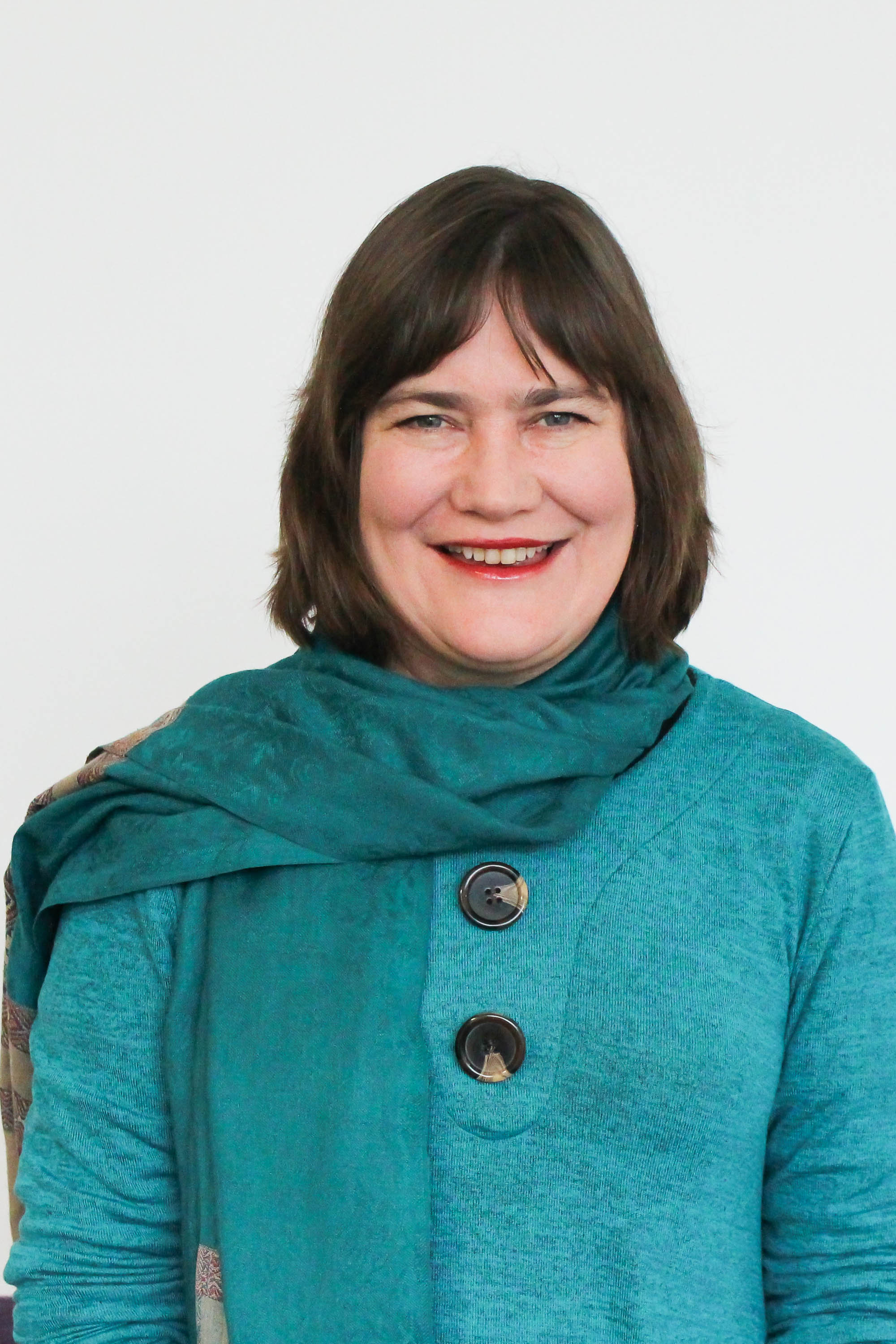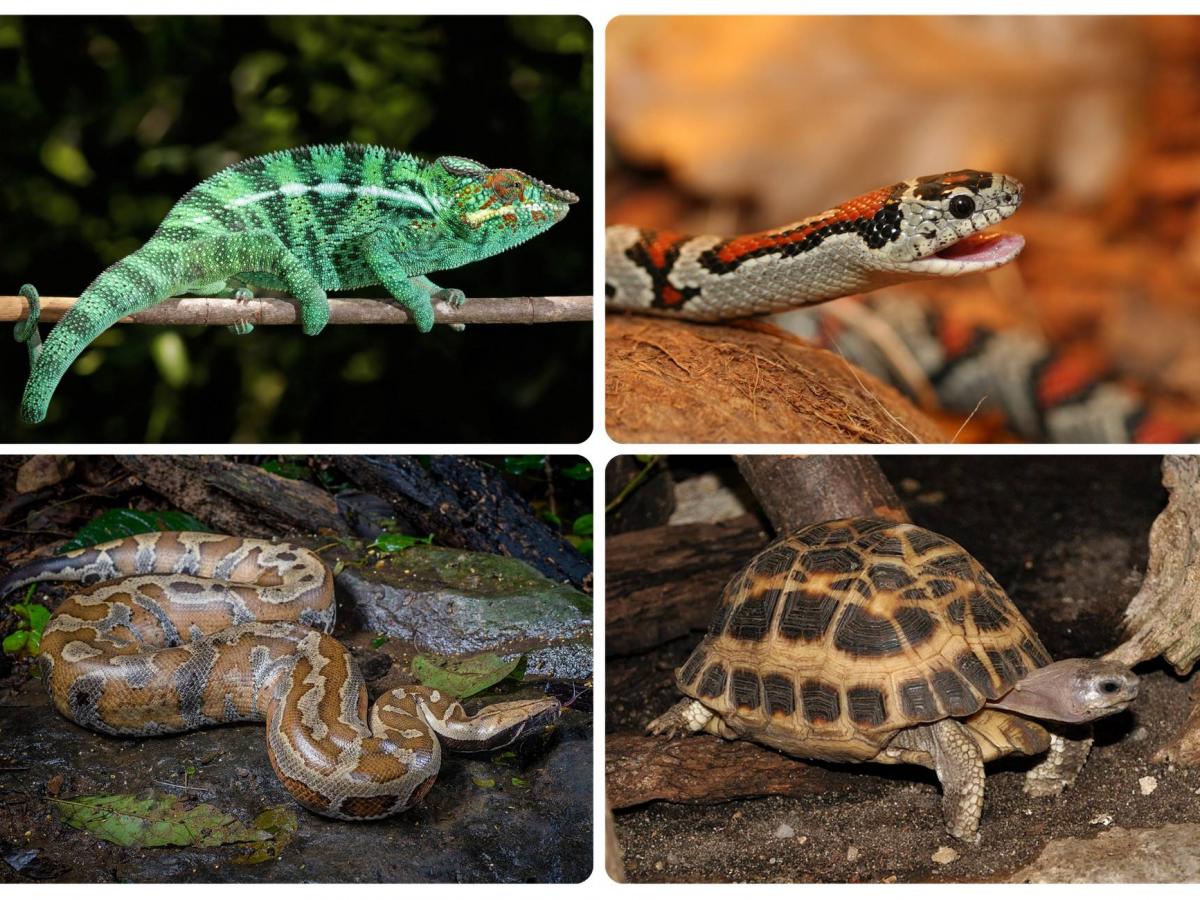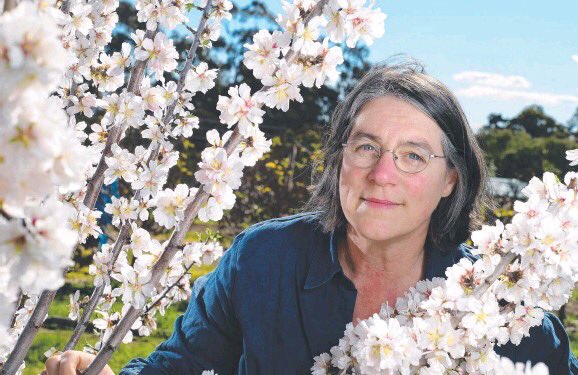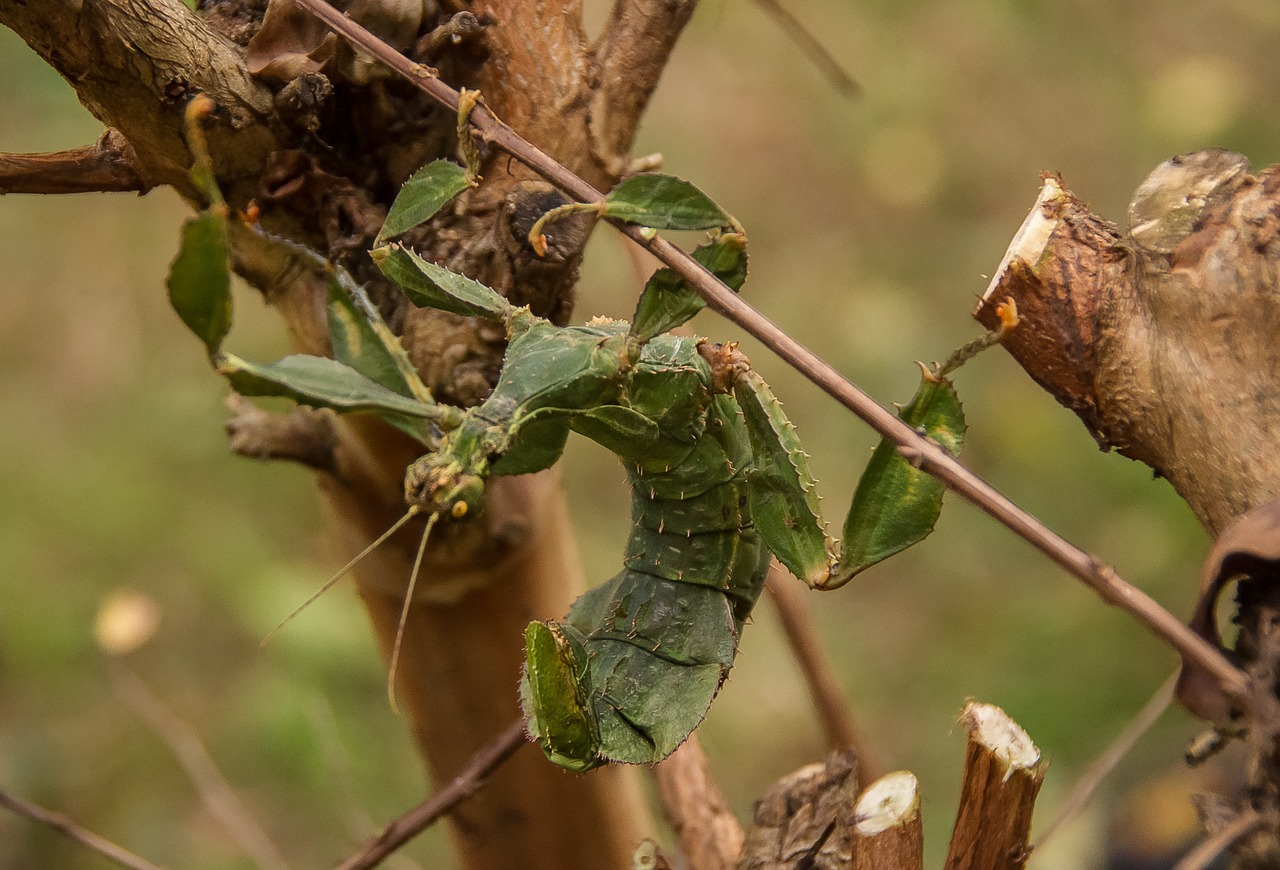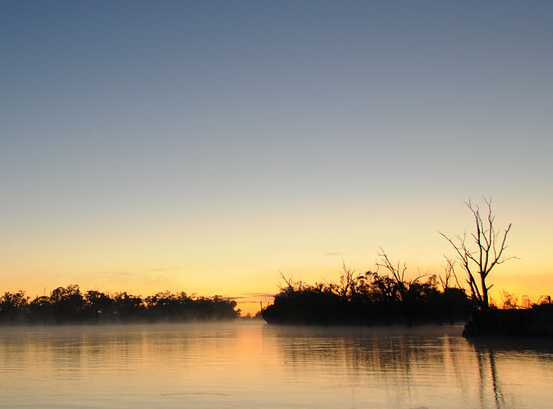BLOGS WEBSITE
Associate Professor Melissa Nursey-Bray awarded Future Fellowship
Five University of Adelaide researchers have collectively been awarded more than $4.5 million from the Federal Government to advance their work. The researchers’ projects – which were awarded the most funding in the state – will focus on enhancing crop salt tolerance, understanding working memory, environmental policy, gene regulation in wheat; and the interplay between […]
Comments Off on Associate Professor Melissa Nursey-Bray awarded Future Fellowship
Unregulated reptile trade in US has major influence on Australians’ desire for illegal reptiles
The transnational smuggling of live animals poses a threat to Australia’s biodiversity, conservation, environmental biosecurity, animal welfare, and human health and wellbeing. In a study published in Conversation Letters, researchers at the University of Adelaide compared the illegal smuggling of live reptiles – including lizards, snakes and turtles – into Australia, to the unregulated pet trade […]
Comments Off on Unregulated reptile trade in US has major influence on Australians’ desire for illegal reptiles
SA’s top 50 influential people in the environment sector
As the nation’s leader in waste management, renewable energy and climate change action, South Australia’s most prominent individuals in the environment sector have been named by The Advertiser. The states’ wealth of talented and knowledgeable leaders has been selected by a panel of experts who were able to select the most influential people over the past […]
Comments Off on SA’s top 50 influential people in the environment sector
Researchers respond to the IPCC’s report that human activity is undeniably heating the planet.
The world’s leading climate scientists at the Intergovernmental Panel on Climate Change – IPCC, have warned that the prospect of limiting global warming to 1.5C will be out of reach within 12 years at current rates of greenhouse gas emissions. The latest 2021 report has indisputably confirmed that human activity is heating the planet, causing […]
Comments Off on Researchers respond to the IPCC’s report that human activity is undeniably heating the planet.
EVENT: Exploring echidnas, poop and insects on Kangaroo Island
Join our researchers in echidna and insect biology, to learn all about the secret lives of these remarkable species on Kangaroo Island. Did you know that the Kangaroo Island echidna is the best studied echidna population in the world? That there are unique insects that live on the island that can’t be found anywhere else? […]
Comments Off on EVENT: Exploring echidnas, poop and insects on Kangaroo Island
Invertebrates as pets: The truth behind the trade
For some people, the idea of having tarantulas and scorpions living in their house is a nightmare; for others, keeping insects is a hobby and a passion. Guest post by Charlotte Lassaline from the Invasion Science and Wildlife Ecology Research Team at the University of Adelaide and Environment Institute. The collection of invertebrates is a pastime […]
Comments Off on Invertebrates as pets: The truth behind the trade
Averting disaster with UNHaRMED software
It’s an unsettling prognosis. Driven by climate change, population growth and economic development, natural hazards —such as the recent bushfires in Australia and the US, heatwaves in Europe, and floods in Japan—will in coming years become an even bigger threat. They will occur more frequently and with greater intensity. One will ‘cascade’ into another more […]
Comments Off on Averting disaster with UNHaRMED software
The race to stop illegal trading of Australian lizards
Australian reptiles face serious conservation threats from illegal poaching fuelled by international demand and the exotic pet trade. In a new study in Animal Conservation, researchers from the University of Adelaide and the Monitor Conservation Research Society (Monitor) investigated the extent of illegal trade in a well-known Australian lizard: the shingleback, also known as the bobtail or […]
Comments Off on The race to stop illegal trading of Australian lizards
Our experts refute River Murray estuary claims
A team of scientists, led by the University of Adelaide’s Associate Professor John Tibby, has confirmed that the lower River Murray was not an estuary in the mid-Holocene period (more than 7000 years ago) – reinforcing scientific evidence likely to influence important river management policy decisions. Their new paper, published in the Nature journal Scientific […]
Comments Off on Our experts refute River Murray estuary claims

